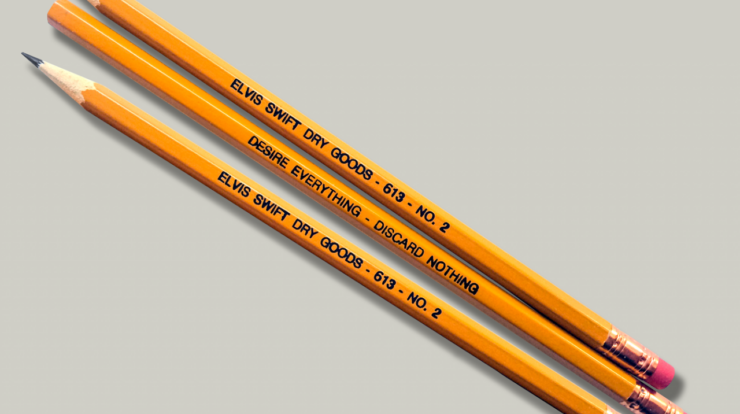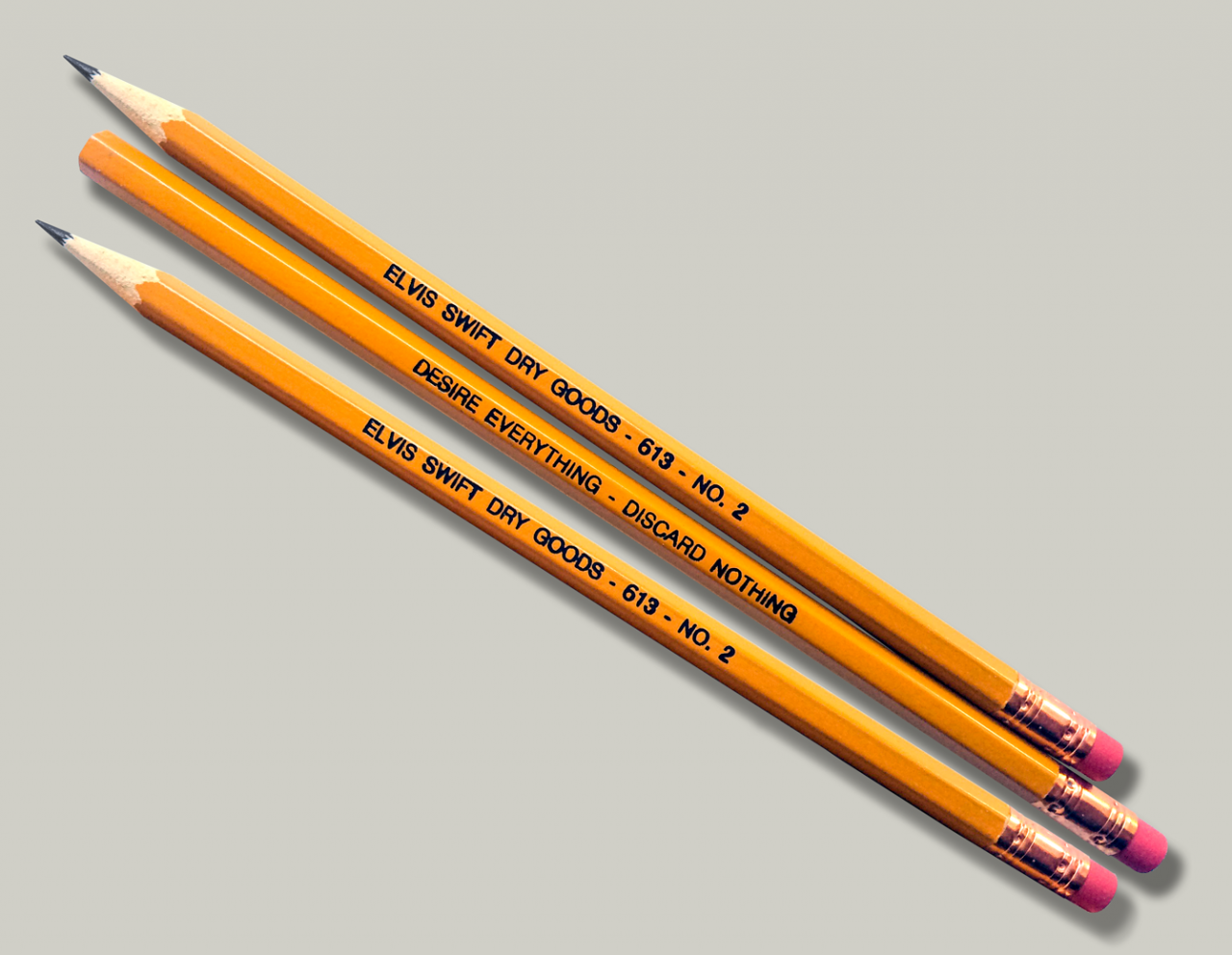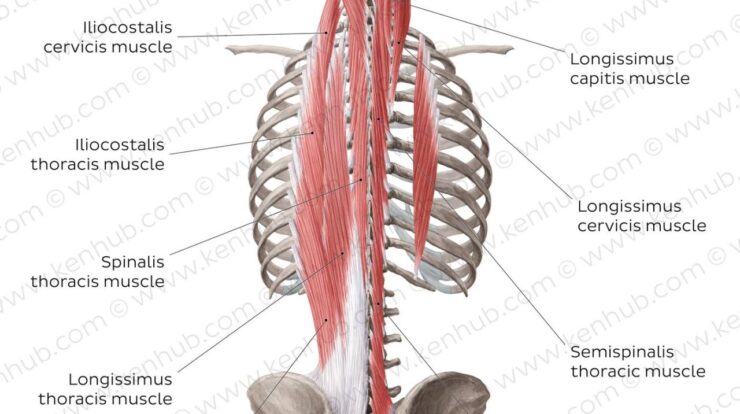
Pencil definition – In the realm of writing and drawing instruments, pencils stand as a testament to their enduring appeal. From humble beginnings to their ubiquitous presence today, pencils have left an indelible mark on countless lives and industries. Their simplicity and versatility have made them an indispensable tool for artists, writers, engineers, and countless others.
This comprehensive guide delves into the fascinating world of pencils, exploring their history, components, types, uses, manufacturing process, cultural significance, and even the art of sharpening them. Prepare to embark on a journey that will uncover the hidden depths of this seemingly ordinary object.
Definition of a Pencil

A pencil is a writing implement consisting of a core of solid pigment (usually graphite) encased in a protective barrel. Pencils are used for drawing, writing, and other artistic and technical purposes. They are a versatile and convenient writing tool, suitable for a wide range of applications.
History of Pencils: Pencil Definition
The earliest known pencils were made in the 16th century from graphite found in the Borrowdale region of England. These pencils were simply pieces of graphite wrapped in string or sheepskin. In the 17th century, pencil makers began to encase the graphite in wooden barrels to make them more durable.
The modern pencil was invented in 1795 by Nicolas-Jacques Conté, a French scientist who developed a method for mixing graphite with clay to create a more durable and consistent core.
Components of a Pencil
A pencil consists of the following components:
- Core:The core is the central part of the pencil, made of a mixture of graphite and clay. The ratio of graphite to clay determines the hardness of the pencil.
- Barrel:The barrel is the protective casing that surrounds the core. It is usually made of wood, but can also be made of plastic or metal.
- Eraser:An eraser is often attached to the end of the pencil, used to remove marks made with the pencil.
Types of Pencils
Pencils are classified according to the hardness of their core. The hardness is indicated by a number and a letter. The higher the number, the harder the pencil. The most common pencil grades are:
| Grade | Description |
|---|---|
| HB | Medium hard, suitable for general writing and drawing |
| 2B | Soft, suitable for sketching and shading |
| 6H | Hard, suitable for technical drawing and precise lines |
Uses of Pencils
Pencils are used in a wide variety of applications, including:
- Writing:Pencils are a convenient and versatile writing tool, suitable for a wide range of surfaces.
- Drawing:Pencils are used by artists to create sketches, drawings, and other works of art.
- Engineering:Pencils are used by engineers to create technical drawings and plans.
- Carpentry:Pencils are used by carpenters to mark and measure wood.
- Other:Pencils are also used for a variety of other purposes, such as puzzles, games, and crafts.
Pencil Manufacturing
The process of manufacturing pencils involves the following steps:
- Mining the graphite:Graphite is mined from underground deposits.
- Processing the graphite:The graphite is crushed and purified to remove impurities.
- Mixing the graphite with clay:The graphite is mixed with clay to create a consistent core.
- Extruding the core:The core is extruded through a die to create a long, thin rod.
- Encasing the core in the barrel:The core is inserted into a wooden barrel and glued in place.
- Finishing the pencil:The pencil is sanded, painted, and stamped with the manufacturer’s name and logo.
Cultural Significance of Pencils
Pencils have a rich cultural history and have been used in a variety of ways throughout history. Pencils have been used to create some of the world’s most famous works of art, including the Mona Lisa and the Starry Night.
Pencils have also been used to write some of the world’s most important documents, including the Declaration of Independence and the Constitution of the United States.
Pencil Sharpening
Pencils need to be sharpened regularly to maintain a sharp point for writing and drawing. There are a variety of pencil sharpeners available, including manual sharpeners, electric sharpeners, and knife sharpeners. The best way to sharpen a pencil depends on the type of pencil and the desired sharpness.
Last Point
As we conclude our exploration of pencils, it becomes evident that these unassuming tools are more than just writing and drawing implements. They are instruments of creativity, expression, and innovation. From the earliest graphite sticks to the modern marvels of mechanical pencils, pencils have evolved alongside human ingenuity, empowering countless individuals to leave their mark on the world.
Whether you are an aspiring artist, a seasoned writer, or simply someone who appreciates the timeless appeal of a well-crafted pencil, we hope this guide has provided you with a newfound appreciation for this remarkable tool. May your pencils continue to inspire, create, and connect you to the world around you.
FAQs
What is the basic definition of a pencil?
A pencil is a writing or drawing implement that consists of a solid core of graphite or other marking material encased in a protective barrel.
What are the different types of pencils?
Pencils come in a wide range of types, including graphite pencils, charcoal pencils, colored pencils, and mechanical pencils.
What are the advantages of using pencils?
Pencils offer several advantages, including their ability to create a wide range of marks, their erasability, and their affordability.
How are pencils manufactured?
The manufacturing process of pencils involves sourcing materials, mixing and shaping the core, creating the barrel, and assembling the final product.





